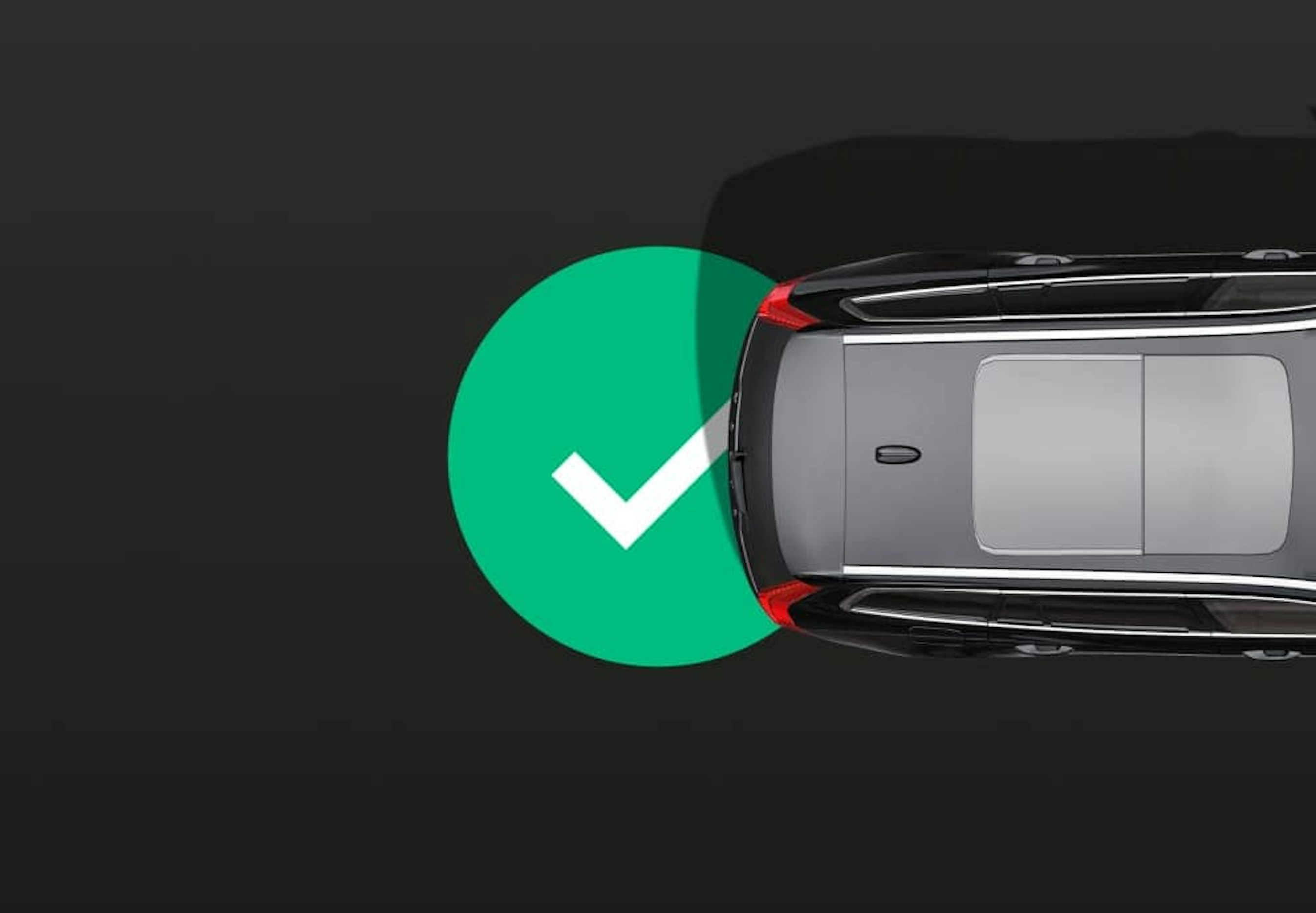How to Prepare Your Car for an MOT Test

The MOT test is an essential part of vehicle ownership in the UK, ensuring that cars meet minimum safety and environmental standards. While many drivers approach the test with a sense of dread, a bit of simple preparation can go a long way towards avoiding unnecessary failures. In fact, many MOT issues are caused by minor faults that could easily be fixed ahead of time with a few checks at home.
Preparing your car in advance helps improve your chances of passing the test first time, potentially saving you the cost of a re-test and reducing time off the road. It also gives you more confidence that your vehicle is safe and roadworthy for everyday driving.
Check All Your Lights and Indicators
Faulty bulbs are one of the most common reasons cars fail their MOT. Before your test, check that all your lights are working—including headlights, brake lights, side lights, number plate lights, indicators and fog lights if fitted. It’s easy to miss a rear brake light or indicator, so ask a friend to help or use reflections in windows to check them all.
Replacing a bulb is usually a cheap and simple task. If you spot one that’s not working, change it yourself or have it sorted at a garage before the test to avoid an automatic fail.
Ensure Your Tyres Are in Good Condition
Tyres are critical for safety, and they’re always thoroughly checked during an MOT. Make sure they meet the minimum legal tread depth of 1.6mm across the central three-quarters of the tyre. You can use a tread depth gauge or even a 20p coin to quickly check if you’re above the limit.
Also inspect tyres for cuts, bulges or signs of uneven wear. Tyre pressure should be checked and adjusted according to the manufacturer’s guidelines—this not only helps your MOT chances but also improves fuel efficiency and handling.
Top Up Fluids and Washers
Low levels of essential fluids won’t always cause a fail, but they’re part of basic maintenance and may be flagged as advisories. Check and top up engine oil, brake fluid, coolant and screen wash. It’s especially important to ensure your washer fluid system is working properly—your car could fail if the washers don’t spray correctly or the reservoir is empty.
Also test your windscreen wipers to make sure they’re in good condition and able to clear the screen effectively. If they smear or leave streaks, replace them ahead of time.
Clear the Windscreen and Check Visibility
The MOT includes checks to ensure the driver has a clear, unobstructed view of the road. Clean your windscreen inside and out, removing any dirt, smears or stickers that could affect visibility. Items like sat nav holders or air fresheners dangling in the middle of the screen can be flagged if they’re deemed to obstruct your view.
Make sure your rear-view mirrors are clean and correctly positioned, and that the demisters work properly on both the front and rear windows.
Make Sure the Registration Plates Are Secure and Legible
Your front and rear number plates must be clean, clearly visible and securely attached. They should be in the standard UK format, with the correct spacing and font. Plates that are cracked, faded or obscured by dirt could be flagged during the test.
Take a moment to wipe them clean and tighten any loose fittings. It’s a quick job that can prevent an avoidable advisory or fail.
Check the Horn and Seatbelts
A working horn is a legal requirement. Give it a quick press to ensure it works properly and is loud enough to be heard clearly. Seatbelts must fasten securely, retract properly and be free from frays or damage. Pull them out fully and check their condition. Make sure all belts click into their holders and that they release smoothly.
If your car has a rear middle seatbelt or any is rarely used, don’t forget to test those too—examiners will check every one.
Inspect Warning Lights on the Dashboard
Modern cars have a range of dashboard warning lights that come on when the ignition is turned, and then go out once the engine starts. If any lights stay on—particularly the engine management light or airbag warning light—this could lead to a fail depending on the issue.
Check your handbook to understand what each light means and have any faults diagnosed and repaired ahead of time. Ignoring them can result in a failed MOT and potentially more serious problems in the long run.
Tidy Up the Interior and Exterior
While a messy car won’t fail its MOT, presenting your car in a clean and tidy condition gives a better impression and ensures nothing gets in the way of the inspection. Remove clutter from the footwells and seats, and make sure the boot is accessible if it needs to be checked.
Give the car a quick wash if it’s particularly dirty—excessive grime could obscure faults or prevent the tester from carrying out checks properly.
Don’t Ignore Past Advisories
If your previous MOT had advisories listed, take the opportunity to address them before this year’s test. While they don’t lead to failure at the time, they highlight parts that are worn or close to becoming problematic. Ignoring them could result in a fail this time around or create more expensive repairs down the line.
Keep any service records, repair receipts or part replacements handy—especially if you’ve addressed advisories already. It’s useful evidence that you maintain your vehicle properly and helps the garage see what’s been done.
Arrive in Good Time and With the Right Documents
While MOT garages can often look up your details, it’s helpful to bring your V5C logbook and service history if available—particularly if you’re using a new garage. Try to arrive a few minutes early, and let the tester know about anything specific you’d like them to look out for.
Staying calm and being proactive makes the whole process smoother. If something does cause a fail, you’ll be in a better position to understand why and how to get it sorted quickly.






